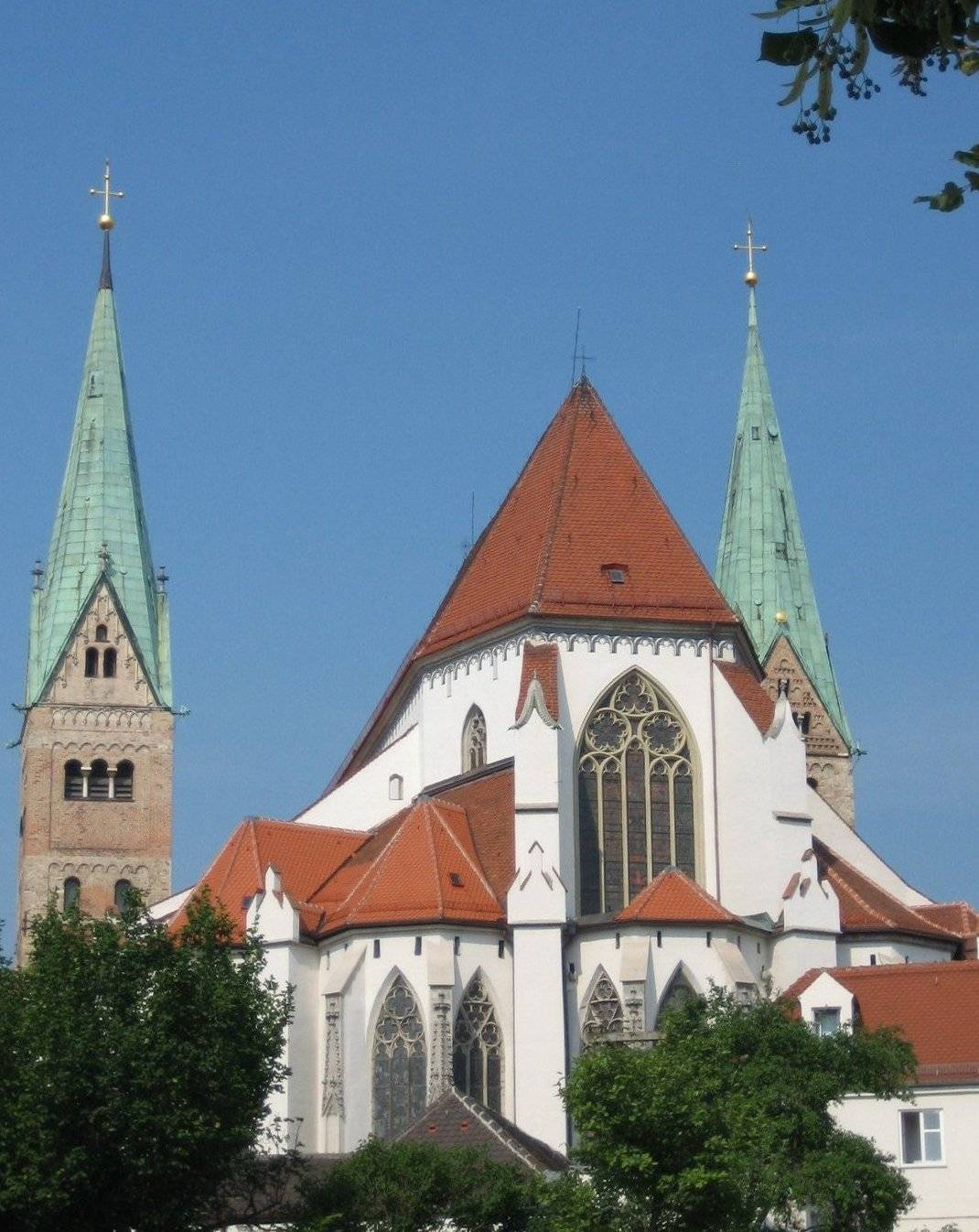On a recent tour of the Santo Domingo Convent in Lima, Peru, my tour guide summarized the life of Saint Martin de Porres, one of South America’s most notable saints, as a person who spent his life and ministry caring for the poor and the sick of the nation.
This brief description prompted one woman to remark, “That’s all? I thought you had to do something really significant to be a saint!”
While our tour guide may have shortchanged the great saint’s life—he is also known for having cured the sick through intercessory prayer, possessing the ability to bi-locate, and was the son of a mixed-race couple, making him the patron saint of interracial harmony—this woman’s comment offers a glimpse into the realities of sainthood and some important takeaways for us today.
The nation of Peru boasts five declared saints (St. Rose of Lima being its most famous), and the South American continent as a whole is home to just over twenty saints. Many of these saints and their lives remain a mystery to those of us farther north, who tend to be captivated by the saints with grand, memorable, and easily retold stories.
Yet the simplicity of the South American saints should, in fact, be of great encouragement to anyone who dares to believe that all Catholics should strive toward sainthood.
Certainly, this is what Pope Francis had in mind when in his first All Saints Day homily as pope he reminded us, “Saints are not ‘supermen.'”
He went on to add: “They are like us, they are like each of us, they are people who before reaching the glory of heaven lived a normal life, with joys and griefs, struggles and hopes.”
In the case of St. Martin de Porres and countless others, the practice of faith is focused on individual piety, intense devotion, and, oftentimes, austerity. The path to sainthood, therefore, does not necessarily require ambitious narratives, but an unassuming commitment to spreading and living the gospel in small ways that give witness to the beauty and joy of the love of God that should motivate all believers.
This realization also parallels much of Pope Francis’ style and substance over the past three years of his papacy.
Of course, there have been moments of grand gestures—such as his recent act of bringing back 12 refuges from Greece to Rome—but the acts and images that have moved the world have been impromptu moments, like when he held and kissed a man with a rare (and what many have described as disgusting) skin disease, or when he went out of the way to embrace a child with cerebral palsy.
Because of his position, these events have made headlines, but such actions are ones that bear witness to the small ways in which the joy of the gospel can imbue us with the ability to spontaneously reflect the life of Christ in our everyday lives.
The path to sainthood can be lived out in the streets of our hometowns in the exact same ways as they are modeled in Saint Peter’s Square.
In his biography The Great Reformer, Austen Ivereigh uncovers something important, both about this pope and the South American people.
As the Cardinal Archbishop of Buenos Aires, Jorge Bergoglio was motivated by the witness of the santo pueblo fiel de Dios—“God’s holy faithful people”—who lived out the faith through intense devotions, festivals, rosaries, and novenas, as a place to encounter God, be converted, and convert others.
In other words, these examples of faith are available to all people, not merely a privileged few.
Like Saints Martin de Porres, Rose of Lima, and the many names that regrettably are unfamiliar to many of us, their lives are marked and remembered through the meek ways in which they exhibited holiness. Their example is what motivates Francis to focus much of his attention to those on the margins of society, rather than those in the mainstream.
And it should be what helps us to recognize that all of us are capable of doing the same.
“To be a saint is not a privilege of a few,” Francis reminds us. “All of us in baptism have the inheritance of being able to become saints. Sanctity is a vocation for everyone.”
This lesson from the South American pope, who is clearly so inspired by the saints from his home continent, should prove to be good news to any of us struggling to see the possibility of sainthood in the here and now.
















